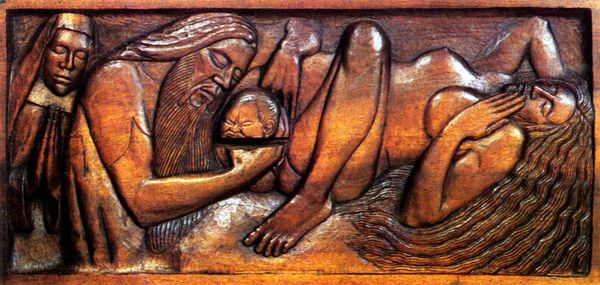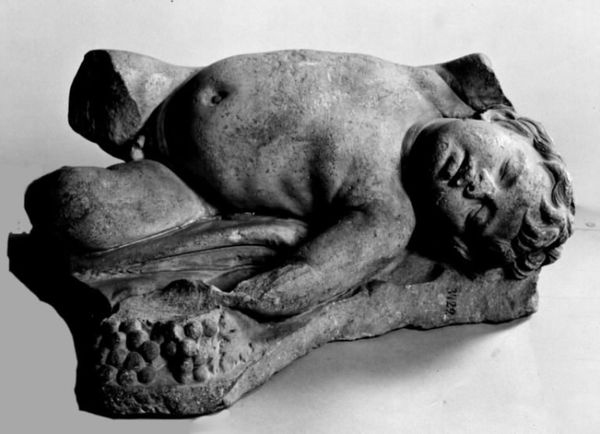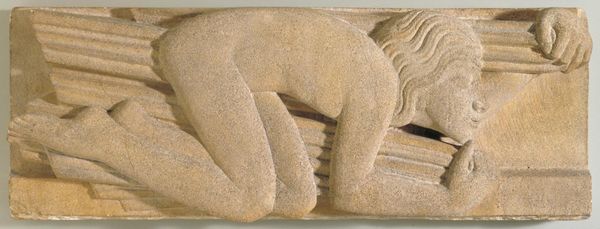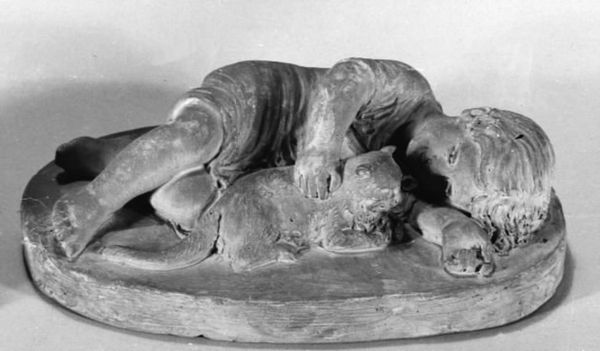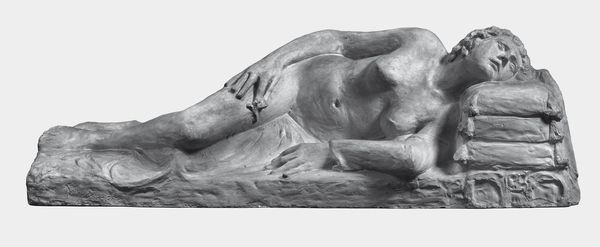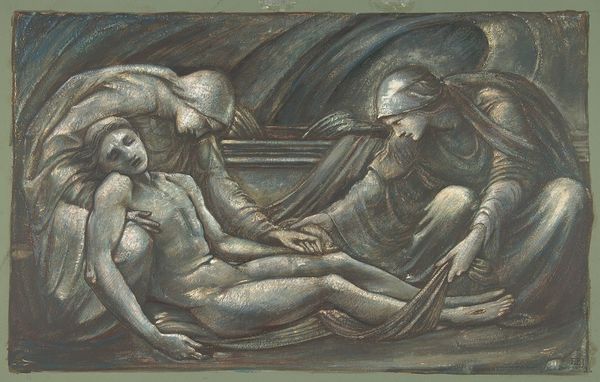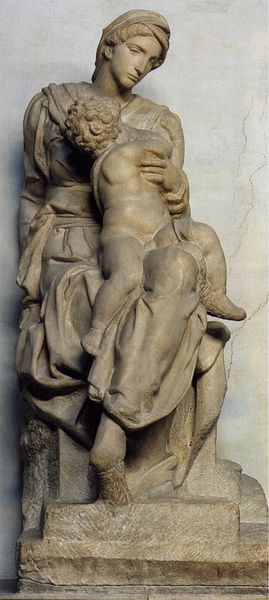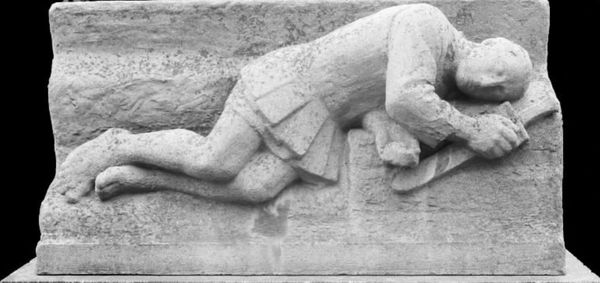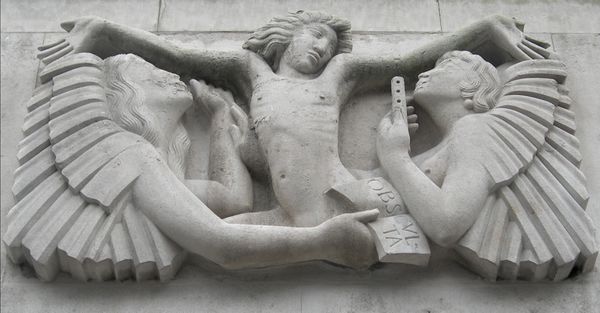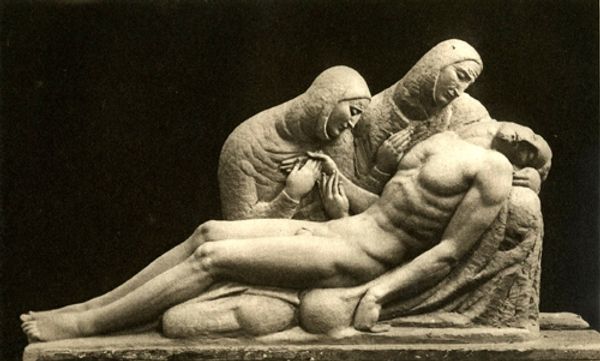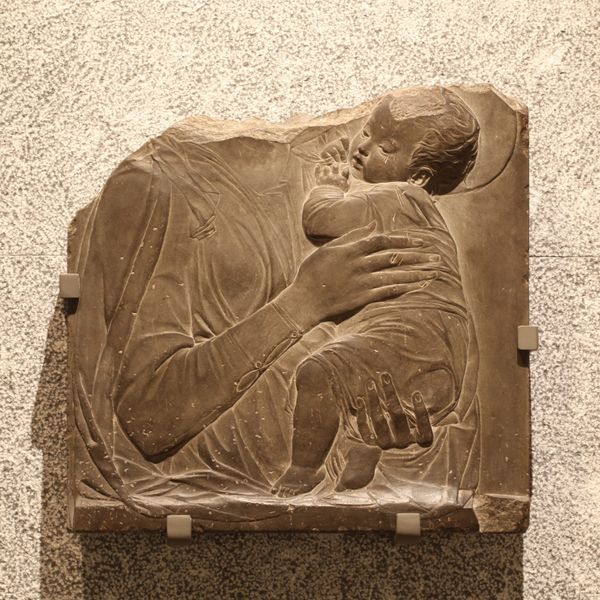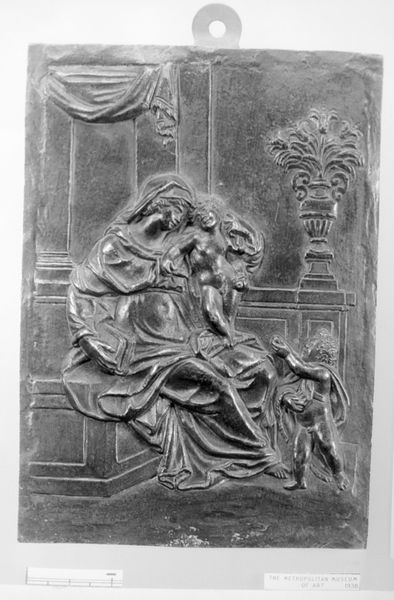
carving, relief, sculpture, wood
#
statue
#
carving
#
sculpture
#
relief
#
figuration
#
sculpture
#
wood
#
nude
#
statue
Copyright: Public domain
Editor: Here we have Georges Lacombe's wood carving "Death," housed at the Musée d'Orsay. The piece has this solemn, almost oppressive feel to it. I am intrigued by the stark contrast between the figures on each relief panel. How do you interpret this work? Curator: The figures feel less like distinct individuals and more like embodiments of societal anxieties about mortality. Given that Lacombe was part of the Symbolist movement, we need to ask: What specific fears or cultural dialogues is Lacombe engaging with here? The Symbolists grappled with the societal shifts driven by industrialization, scientific advancements and their consequences on our shared and individual consciousness, questioning the perceived stability of life, identity and the environment. Editor: So, the sculpture isn't just about death, but the cultural fears surrounding it? Curator: Exactly. And consider how Lacombe presents these figures: One a decaying corpse sheltered by an elder, the other a sensual figure in apparent distress. Could these be viewed through the lens of gender roles of that period? One panel shows an elderly figure looking after a skeletal body. Who holds responsibility and bears witness, who mourns, and who perishes? This piece evokes those uncomfortable questions of societal power dynamics. Editor: I hadn't considered the social commentary aspect so explicitly, it's more powerful knowing that it has this perspective. Curator: By acknowledging these elements, the sculpture speaks to broader themes of social inequality, aging, and societal expectations. Ultimately, “Death” prompts us to reflect not only on the end of life, but on how society frames this delicate journey.
Comments
No comments
Be the first to comment and join the conversation on the ultimate creative platform.
